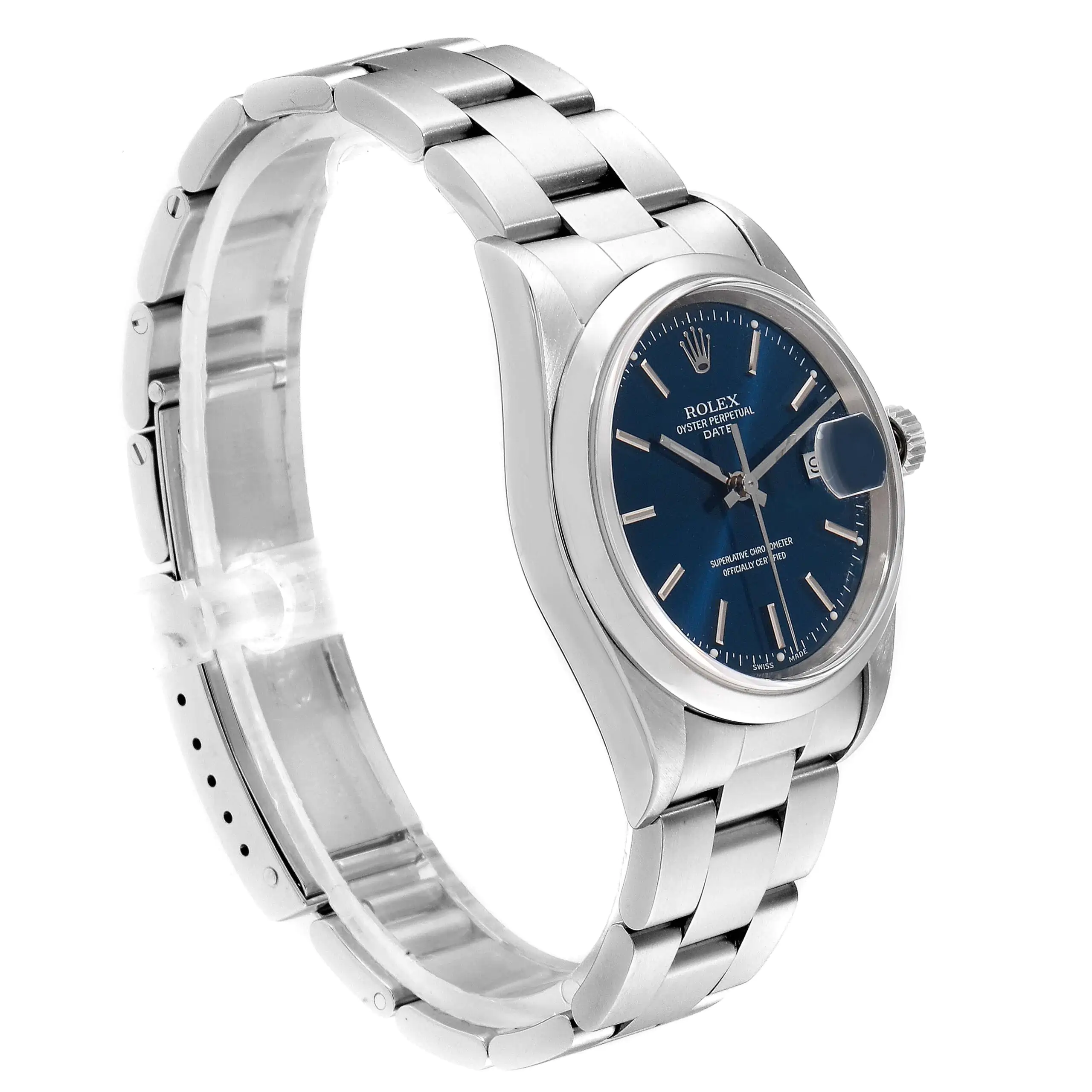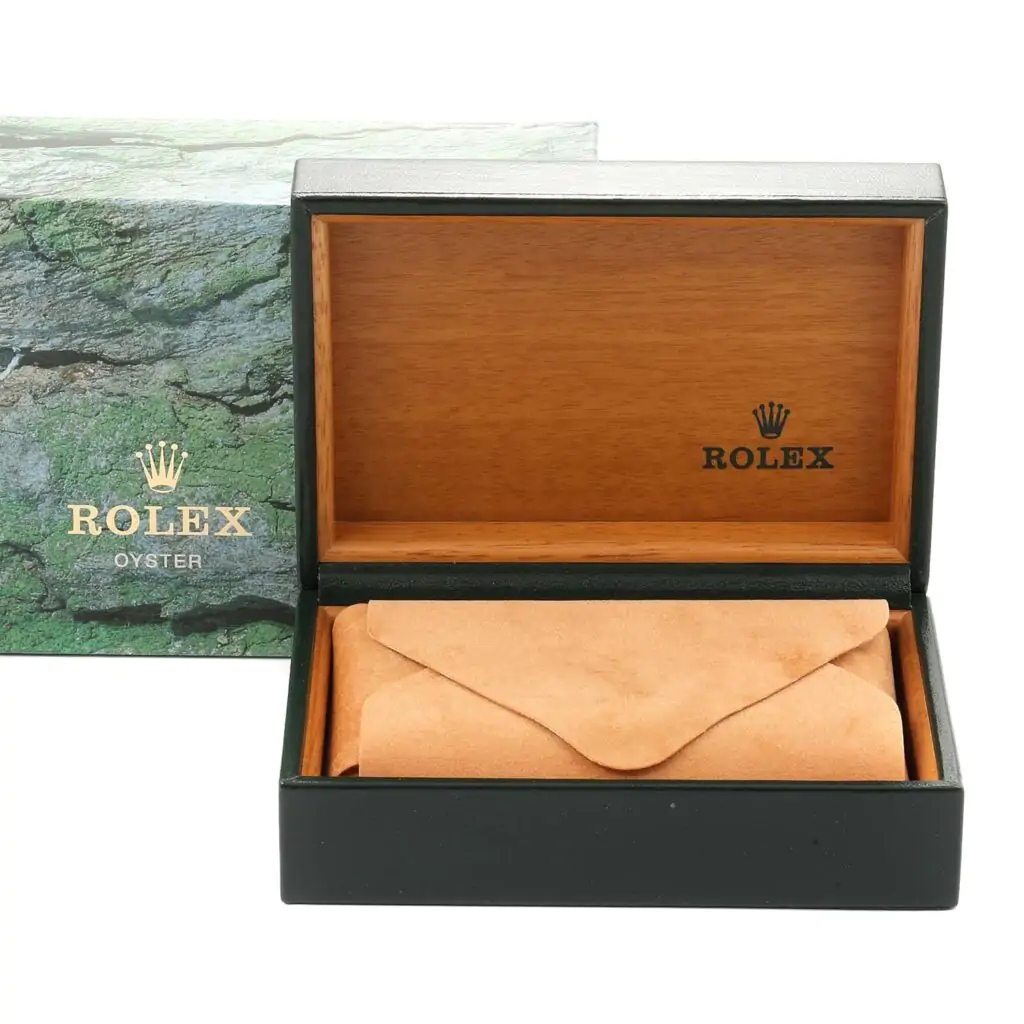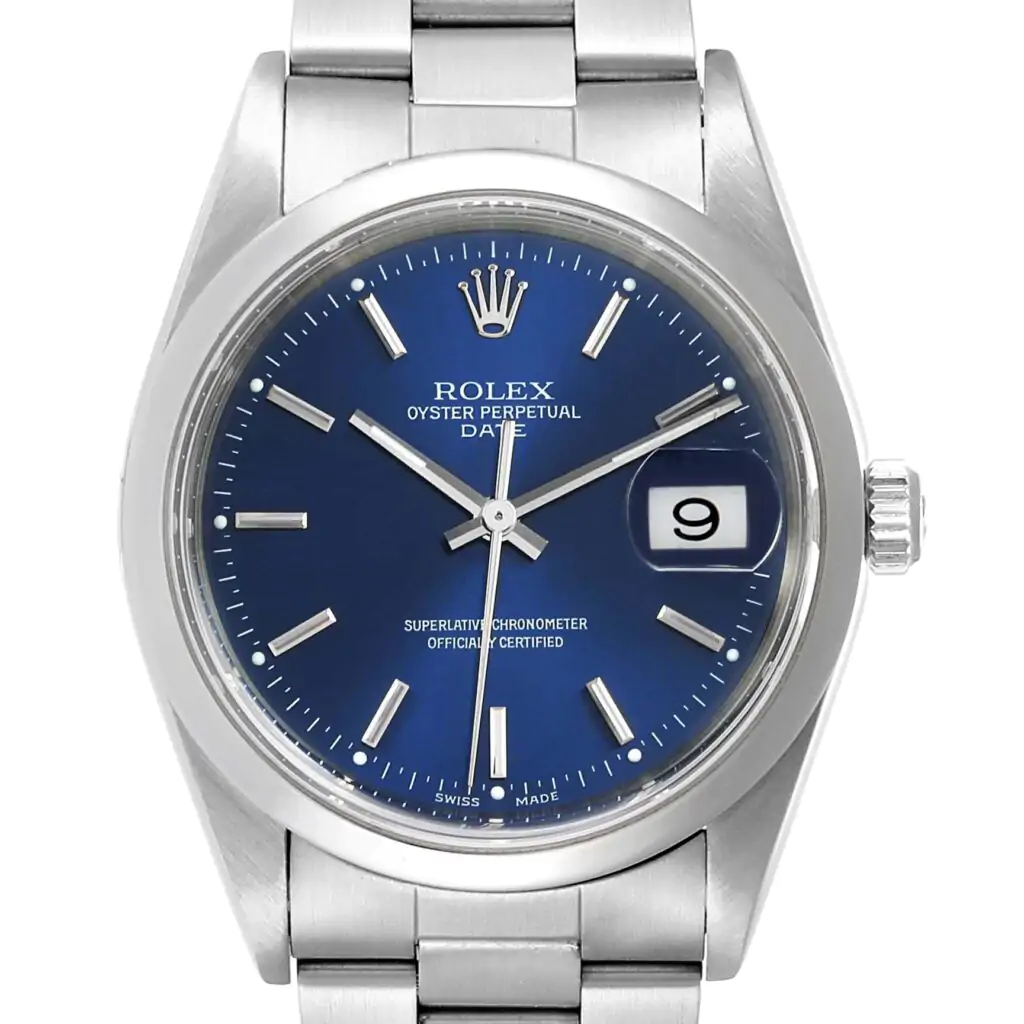No products in the cart.
Others
The successor to this watch
While browsing through HODINKEE’s list of watches, I spotted the successor to this watch, the SBGM221, bought it and paired it with a blue calfskin strap from the HODINKEE store. I eventually swapped it for a light grey leather strap, also from the HODINKEE store, and then for a Forstner’s rice bead strap, which is still on the imitation watch to this day. Later, this technique opened up the versatility of my Grand Seiko in an unexpected way, turning what I thought was a formal watch for the fall and winter seasons – formal by GMT standards – into a spring and summer staple, sportier but still dignified. 
In fact, the watch was so dignified that I wore it to my wedding. That day, I wore the SBGM221 (still wearing the blue strap), confirming its place in my heart and cementing it as one of the few watches I will never sell. I thought about wearing another watch, but in the end, I knew I wanted to turn this Grand Seiko watch into a family heirloom.
I believe our watches can teach us things about ourselves, perhaps because they measure time and they assume the role of signposts to our past. My 39.5mm Grand Seiko reminds me that my tastes are constantly changing and that I have changed a lot as a watch collector. I can’t imagine a world without vintage-style Japanese dress GMTs.
The Seiko 7R68A hand-wound spring-driven movement was introduced in 1999.
The Spring Drive, on the other hand, uses a standard watch mainspring to generate power. The mainspring can be wound by an automatic winding system – Grand Seiko uses a variation of the classic Magic Lever automatic winding system in its Spring Drive watches, which the company first introduced in 1959 – or it can be wound manually, as in the case of the Grand Seiko 8-Day replica watches (and of course the fan favourite Credor Eichi timepiece). In either case, the gear system in a spring-driven watch is completely mechanical, starting from the mainspring barrel and continuing through to the escapement wheel in a mechanical watch. The exact gear ratios, number of gears, and other details differ from those of a standard mechanical watch. Still, the basic principle of gear-to-pinion engagement, and the decrease in torque and increase in speed as you move toward the regulating organ, is the same in both spring-driven and fully mechanical replica watches with mechanical escapements.
Whereas in a mechanical watch, you find the escapement wheel, the lever and the balance wheel, in a spring-driven watch, you find what Seiko calls a triple synchronizer regulator, which performs the same functions in a spring-driven movement as the escapement and the balance wheel perform in a mechanical clone watch. The triple synchronizer regulator consists of a small wheel that rotates between the jaws of two wire-wrapped components that generate electrical energy, as well as an integrated circuit and a quartz chronograph module.
Components of the 9R86 movement; left side of the main plate, top right of the main bridge, bottom centre of the mainspring barrel, top right of the wire-wound stator wrapped around the glide wheel.
The first prototype spring-loaded drive was completed in 1982, while the first production spring-loaded drive was not released until 1999 – the development process was very much focused on the challenge of miniaturizing the system while reducing the power consumed by the integrated circuit and quartz oscillator, and maximizing the energy generated by the triple synchronized regulator. In the 1982 prototype, what would become the glide wheel can be seen on the left, rotating on three rather large fixed elements. In a generator, the rotating element is called the rotor, and the stationary element is the stator; the pulley acts as the rotor and the wound element as the stator.


